Silicon to Systems: The Wild West Coast's Transformation of PLM

This is the third of an ongoing series of articles about the history of PLM. It started with this article about Boston's particular role in the origins of the industry: https://www.linkedin.com/pulse/bostons-hidden-legacy-how-128-tech-corridor-became-finocchiaro-idzte/ and contined with this article about PLM in the Heartland of the US: https://www.linkedin.com/pulse/untold-story-how-americas-heartland-shaped-cad-plm-finocchiaro-tnwme.
While the central United States laid crucial foundations for Computer-Aided Design (CAD) and Product Lifecycle Management (PLM), the West Coast brought its own distinctive ethos to this technological evolution. From San Diego to Seattle, West Coast innovators infused PLM with computing breakthroughs, consumer-focused design thinking, and eventually, cloud transformation that would reshape how the entire world approaches product development.
This Pacific perspective—characterized by rapid innovation cycles, intuitive user experiences, and later, cloud-native approaches—complemented and sometimes challenged the manufacturing-centric viewpoints emerging from America's heartland. Together, these diverse regional approaches created the rich technological ecosystem that powers modern product development.
In this article, I'll explore how the West Coast's unique innovation culture shaped PLM evolution through key companies, technologies, and visionaries that emerged from this dynamic region. Let's travel from down south in San Diego up to Seattle, shall we?
San Diego
San Diego's unique contribution to PLM came through Manufacturing Process Planning (MP3), a comprehensive approach to digital manufacturing that extended PLM concepts to the shop floor as well as via life sciences.
MP3 and the Digital Factory

The story begins with CIMLINC, founded in San Diego in the mid-1980s by Dr. Joseph Harrington Jr. (who had authored the influential book "Computer Integrated Manufacturing"). CIMLINC developed software that bridged CAD/CAM systems with shop floor execution—essentially extending product data management into manufacturing operations.
This work evolved through multiple companies and acquisitions, including Tecnomatix (which established major operations in San Diego) and eventually Siemens when it acquired UGS in 2007. The San Diego operations became a center of excellence for manufacturing process management within the Siemens Digital Industries Software portfolio.
What distinguished San Diego's contribution was its focus on the digital factory—creating comprehensive digital models of manufacturing processes that complemented the product models at the heart of traditional PLM. This manufacturing-oriented perspective helped evolve PLM from product data management to a more holistic digital twin approach encompassing both products and the processes that produce them.
Dassault Systèmes enters the Scientific Infomatics Sector
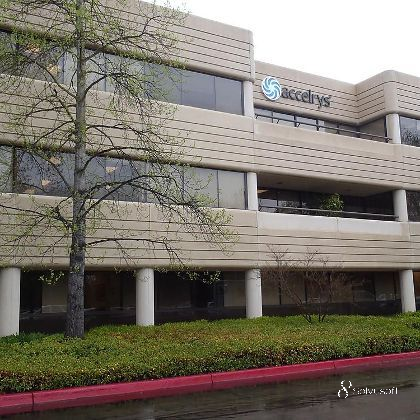
Dassault Systèmes made a decisive move into the life sciences sector in 2014 with its $750 million acquisition of San Diego-based Accelrys, a pioneer in scientific informatics and molecular modeling software. The deal extended Dassault’s PLM expertise beyond manufacturing into pharmaceuticals, biotechnology, and healthcare, integrating Accelrys’ data-driven tools for drug discovery, materials innovation, and laboratory management into its 3DEXPERIENCE platform. Rebranded as BIOVIA, the division now offers end-to-end digital solutions that help pharmaceutical companies accelerate R&D, streamline compliance, and simulate everything from molecular interactions to clinical outcomes.
Building on this foundation, Dassault acquired New York-based Medidata Solutions in 2019 for $5.8 billion, further cementing its presence in the life sciences sector. Medidata’s cloud-based platform supports the entire clinical trial process, from study design to data management. This acquisition proved timely, as Medidata’s technologies were instrumental in supporting Moderna’s COVID-19 vaccine trials, including the Phase 3 trial involving 30,000 participants . Medidata’s suite of technologies, including electronic data capture and centralized statistical monitoring, facilitated the rapid and efficient execution of these critical trials. By integrating Medidata into its 3DEXPERIENCE platform, Dassault has positioned itself as a key player in the digital transformation of healthcare, offering comprehensive solutions from research to commercialization.
Los Angeles: Where Entertainment Meets Engineering
Los Angeles brought a unique perspective to PLM evolution through the cross-pollination of entertainment technology and engineering applications—a blend made possible by Southern California's distinctive mix of aerospace, entertainment, and consumer industries.
The Mattel Connection: Consumer Products Drive PLM Innovation
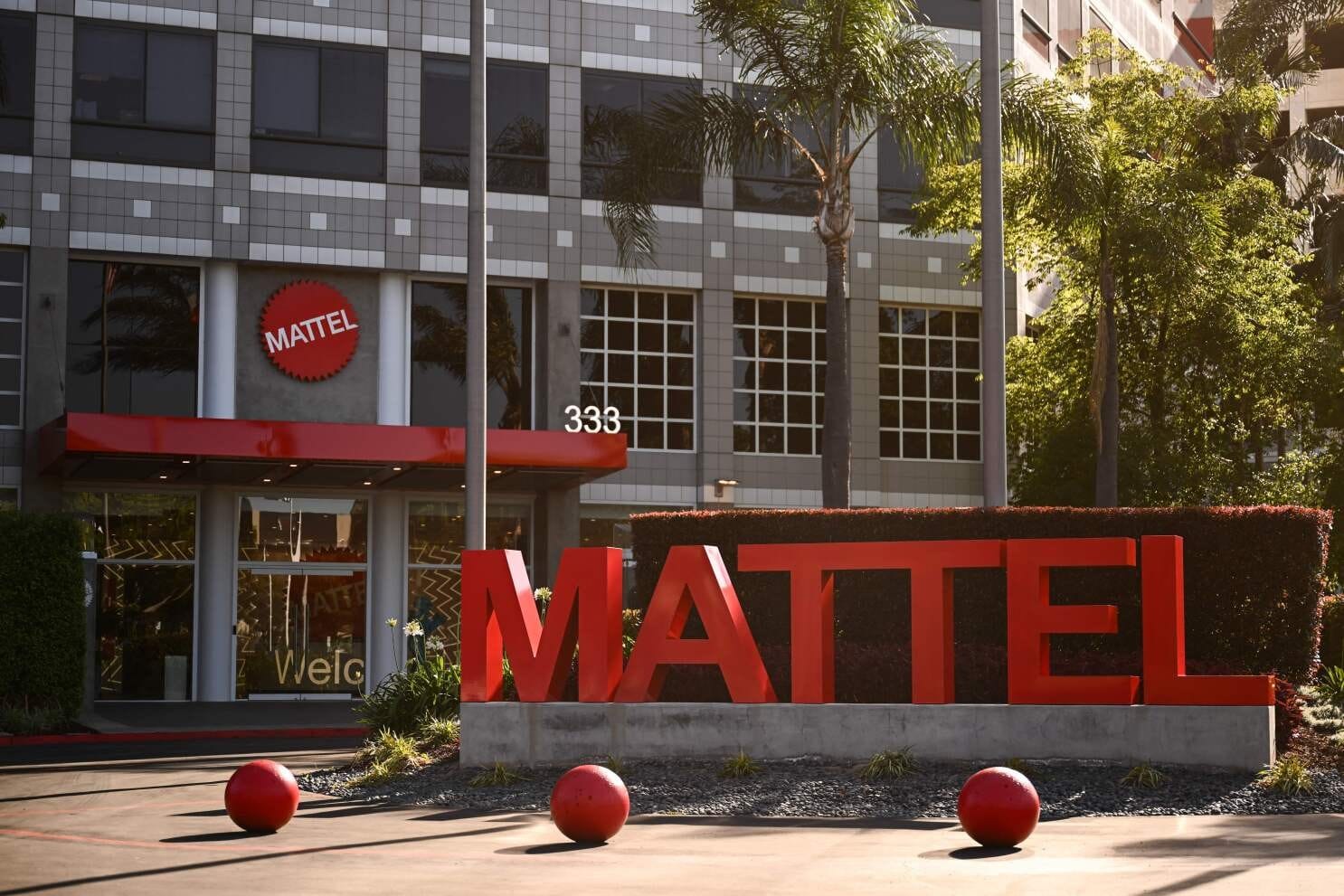
Major consumer product companies in the Los Angeles region, particularly Mattel, played important roles in PLM evolution by pushing for systems that could manage the unique challenges of consumer goods development.
Mattel's digital transformation initiatives in the early 2000s highlighted the need for PLM systems that could handle:
- Extremely rapid product development cycles (measured in months rather than years)
- Intensive collaboration with external partners, particularly in Asia
- Complex aesthetic requirements alongside technical specifications
- Seasonal planning and retail coordination
These requirements pushed PLM vendors to develop capabilities beyond traditional engineering-focused implementations, creating systems better suited to consumer products industries. The influence of companies like Mattel helped expand PLM from its industrial equipment roots to better accommodate consumer product development processes.
Duro: PLM for Fast-Paced Hardware Manufacturers

Duro PLM, a cloud-native Product Lifecycle Management (PLM) platform, was founded in 2017 by Michael Corr and Kellan O’Connor in Los Angeles, California. Headquartered in the vibrant Echo Park neighborhood, Duro emerged to streamline hardware product development, addressing inefficiencies in managing CAD files, bills of materials, and supply chain data. The company leverages Los Angeles’ status as a major manufacturing hub to drive agile workflows, empowering hardware teams in industries like aerospace, robotics, and consumer electronics to innovate faster. With a mission to centralize product data and enhance collaboration, Duro has grown rapidly, supported by seed funding and a focus on user-friendly, integrative software solutions.
UGS in Cypress/Costa Mesa
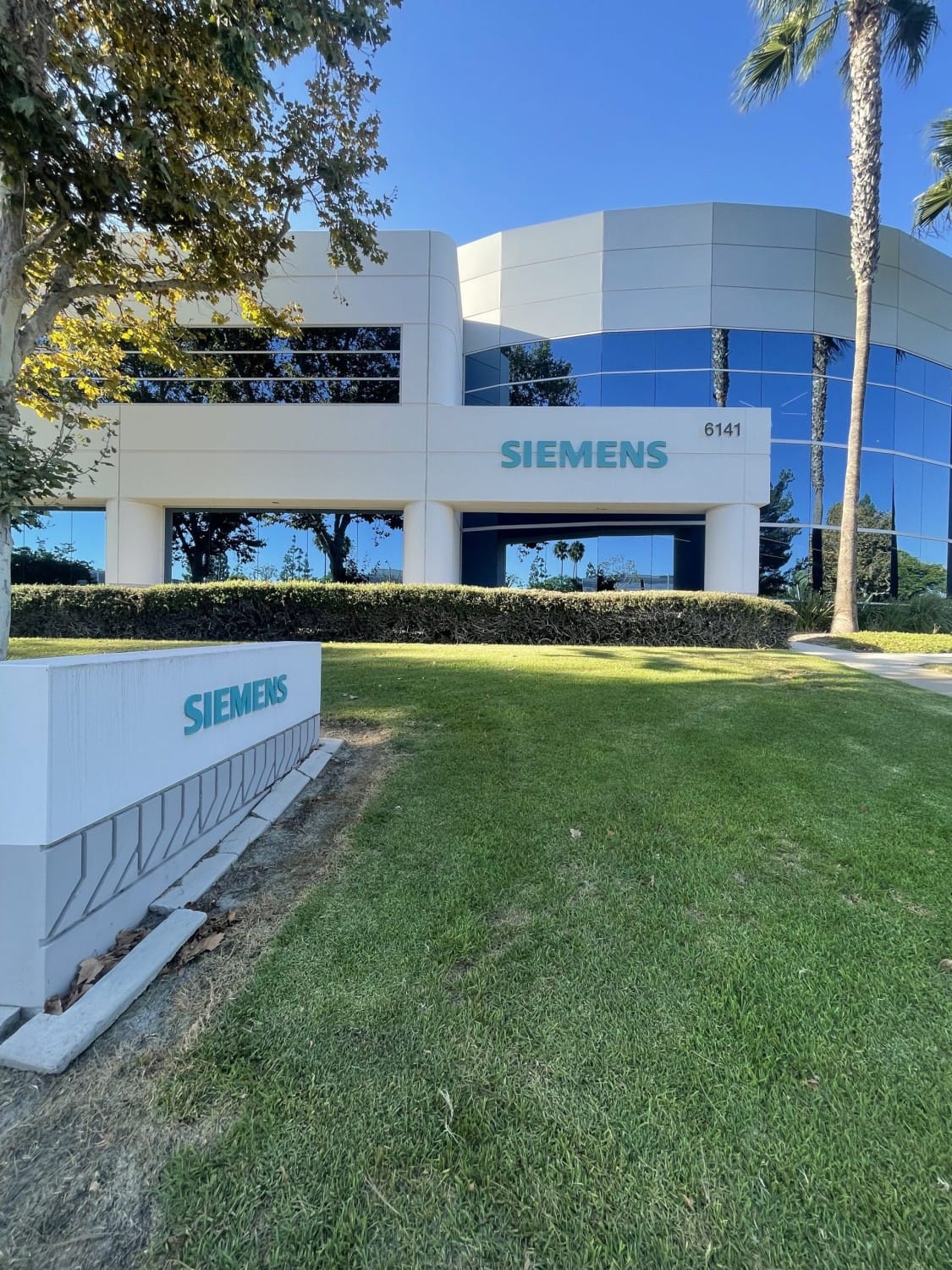
While UGS (Unigraphics Solutions) maintained its primary operations in St. Louis and later Texas, the company established significant operations in Cypress, California that played an important role in the evolution of its PLM offerings.
The Cypress facility became a center for advanced development, particularly focusing on manufacturing applications and Teamcenter integration capabilities. When UGS was spun off from EDS as an independent company in 2004, the Orange County operations continued to influence the company's development of integrated PLM solutions.
Under the leadership of Tony Affuso, UGS's Cypress team contributed substantially to the development of the "digital manufacturing" concept—extending PLM from design into process planning and shop floor integration. This work complemented efforts in other regions and helped establish UGS's leadership in comprehensive PLM before its acquisition by Siemens in 2007.
- User Experience: West Coast PLM innovations consistently prioritized user interaction and accessibility, moving PLM beyond specialized technical tools toward more intuitive interfaces.
- Platform Thinking: The region's software heritage brought platform approaches to PLM, emphasizing extensibility, APIs, and ecosystems over monolithic applications.
- Cloud-First Architecture: West Coast innovations increasingly embraced cloud-native approaches that fundamentally changed how PLM solutions were deployed, scaled, and integrated.
- Consumer Orientation: The region's consumer product industries pushed PLM beyond its industrial equipment roots to address the needs of apparel, electronics, and other consumer sectors.
- Visualization and Digital Experience: West Coast contributions consistently emphasized the visual and experiential aspects of product development data.
MSC Software: Simulation Integration
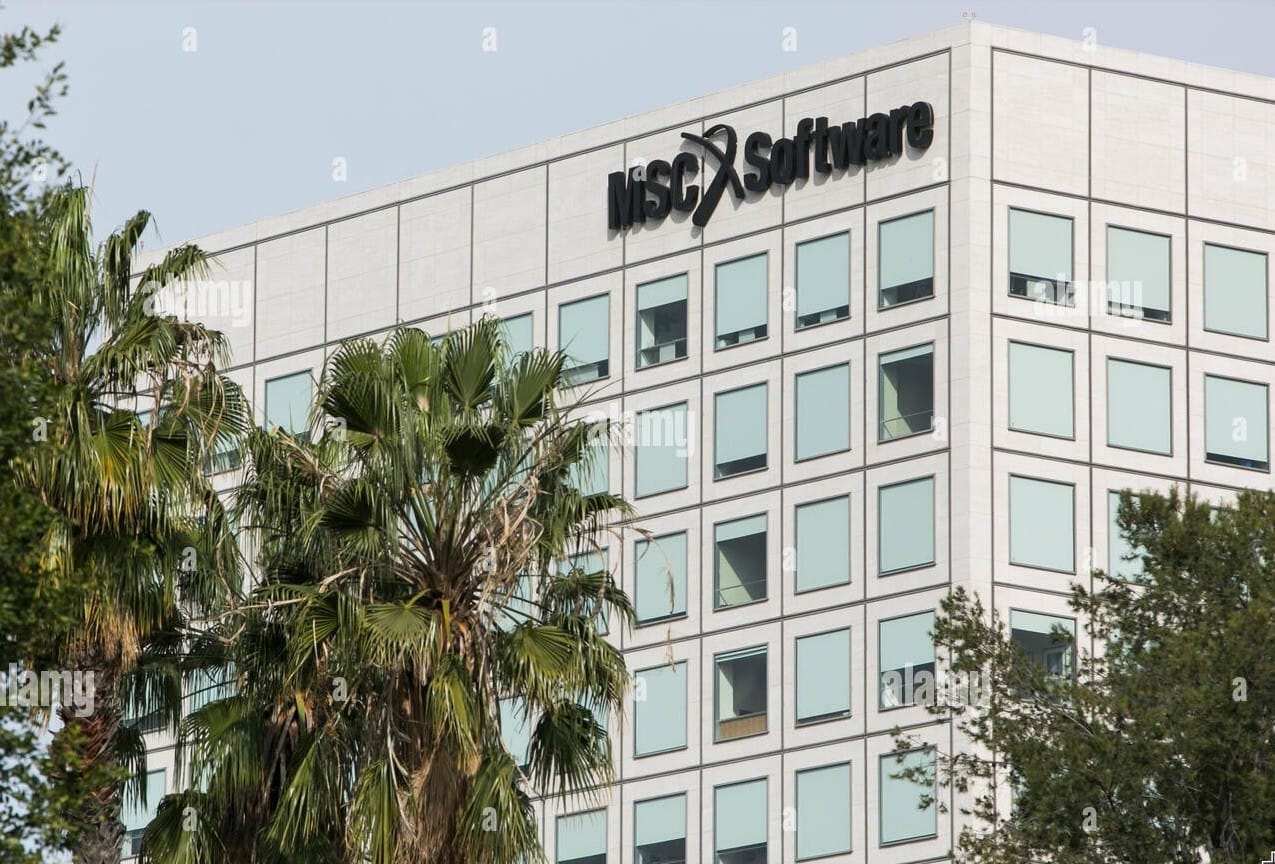
MSC Software, with significant operations in Santa Ana, played a crucial role in integrating simulation technology into the PLM process. Founded in 1963 as MacNeal-Schwendler Corporation, MSC developed the pioneering MSC Nastran finite element analysis software.
Under the leadership of Dr. Richard MacNeal and Robert Schwendler, MSC pushed beyond standalone simulation to create frameworks that integrated analysis with broader product development processes. This work, particularly in the aerospace-rich environment of Southern California, helped establish simulation as a fundamental component of the PLM process rather than an isolated specialist activity.
The company's later initiatives with SimManager and MaterialCenter addressed the management of simulation data and material properties within PLM systems—challenges that became increasingly important as simulation moved earlier in the design process.
In February 2017, the company was acquired by Swedish technology company Hexagon AB for $834 million. It operates as an independent subsidiary. And in 2025, it was sold again to Cadence for €2.7B.
Silicon Valley: From Workstations to Web Platforms
Perhaps no region has influenced computing more profoundly than Silicon Valley, and PLM development reflects this impact in multiple waves of innovation.
The Workstation Revolution: Enabling Modern CAD
Silicon Valley's first major contribution to PLM came through the development of specialized computer hardware that made advanced CAD/CAM software possible. While mainframe computers had supported early CAD efforts, the engineering workstation—pioneered by Silicon Valley companies—democratized access to these powerful tools.
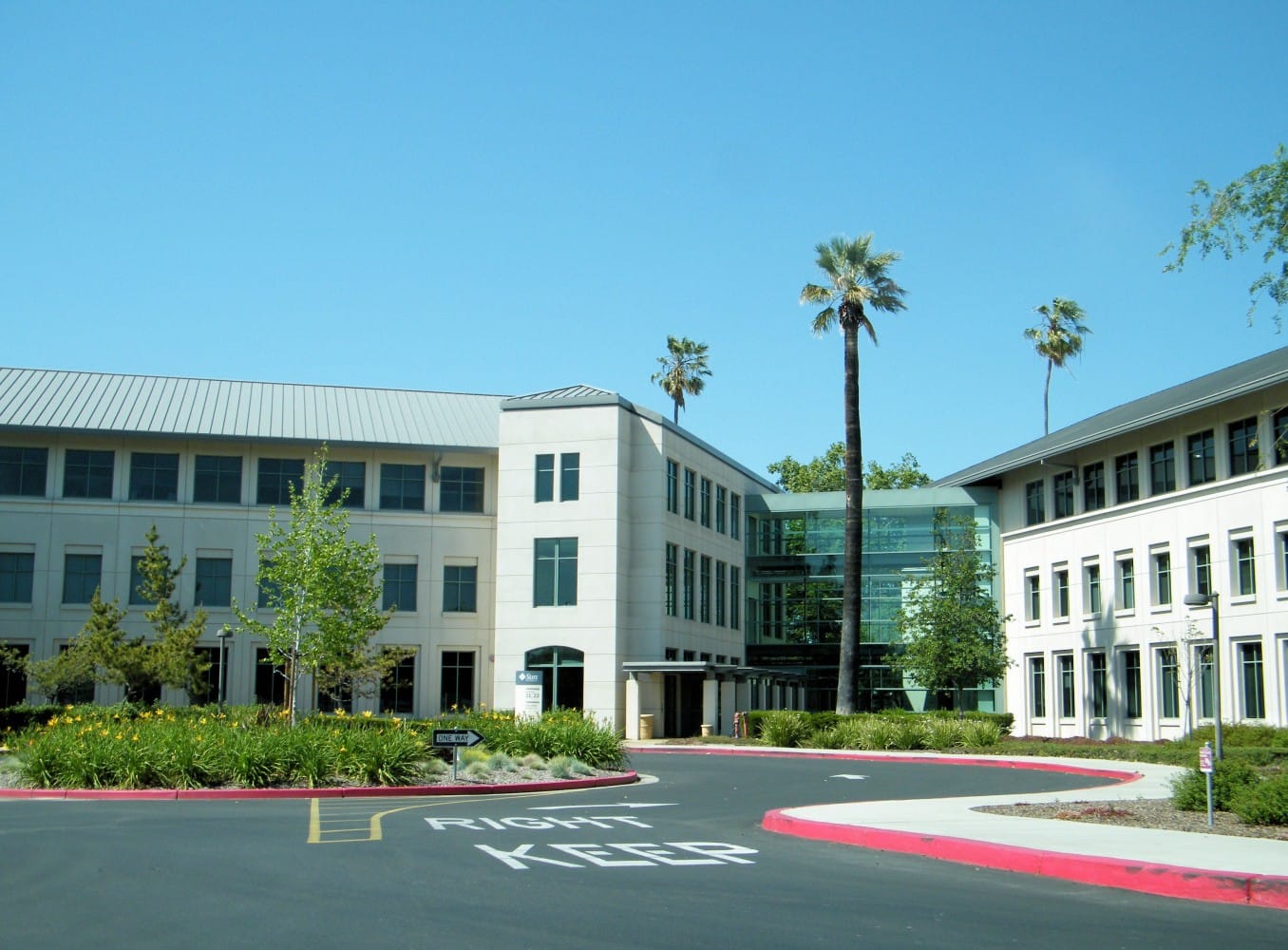
In 1982, Sun Microsystems, founded by Andy Bechtolsheim, Vinod Khosla, Scott McNealy, and Bill Joy, introduced the Sun-1 workstation. These UNIX-based systems offered unprecedented graphical capabilities at a fraction of mainframe costs. The company's subsequent generations of workstations, particularly the Sun SPARCstation line introduced in 1989, became standard platforms for CAD/CAM applications, providing the computational power needed for complex 3D modeling and analysis.
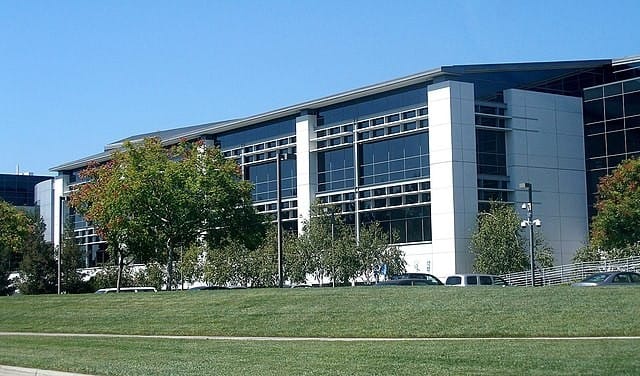
Silicon Graphics, Inc. (SGI), founded in 1982 by Jim Clark, pushed graphical computing even further. Their specialized hardware architectures delivered exceptional 3D graphics performance critical for advanced CAD visualization. The company's IRIS workstations, and later the Indigo series, became the preferred platforms for high-end design work, particularly in industries like aerospace, automotive styling, and digital media.
The workstation innovations from these Silicon Valley pioneers literally made possible the advanced CAD applications being developed elsewhere. Without the graphics processing capabilities, UNIX operating systems, and price-performance advancements from Sun and SGI, the CAD revolution might have remained confined to the largest corporations with mainframe access.
The Arena Solutions Story: PLM Meets SaaS
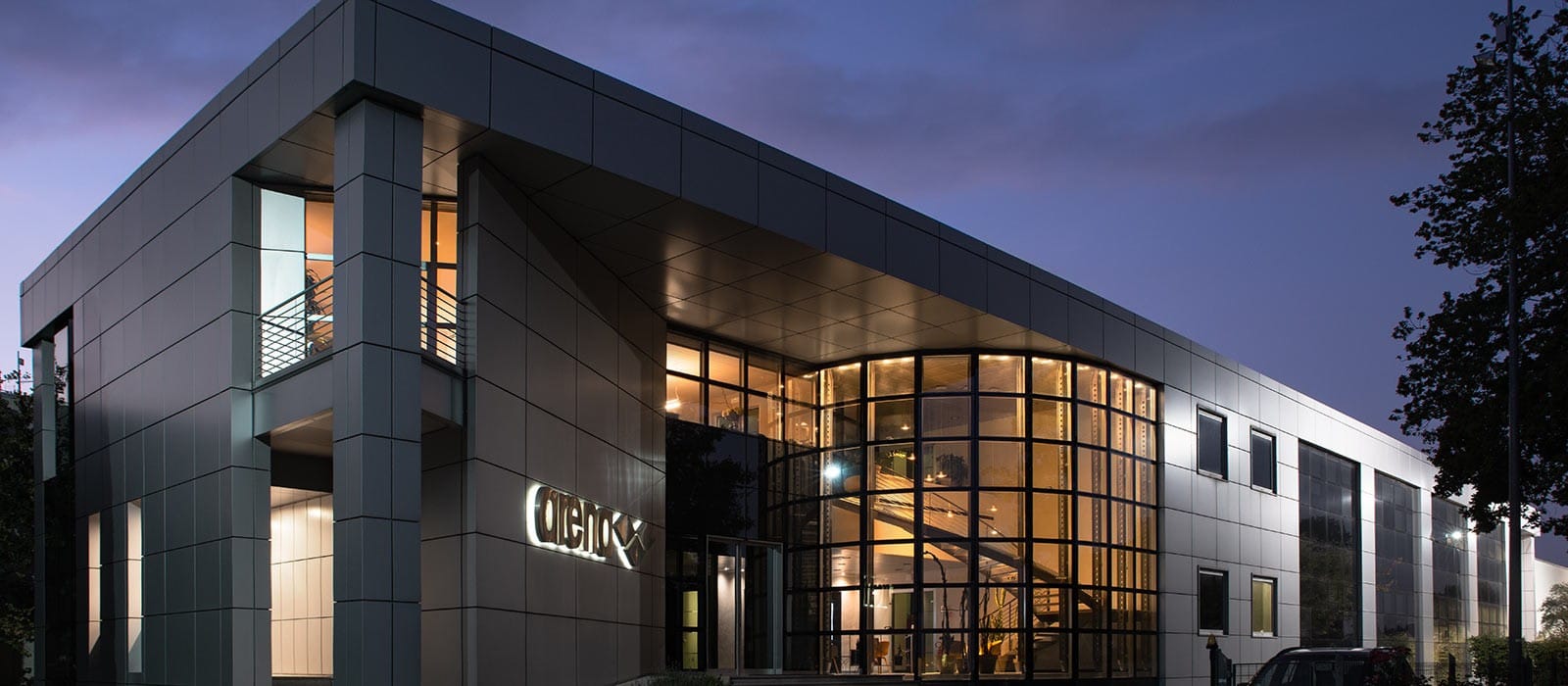
Perhaps no company better exemplifies Silicon Valley's eventual transformation of PLM than Arena Solutions (originally bom.com), founded in 2000 by Michael Topolovac in Menlo Park. Arena pioneered the Software-as-a-Service (SaaS) approach to PLM—a radical departure from the installed software model that had dominated the industry.
Arena's cloud-based PLM solution reflected classic Silicon Valley thinking: democratize access to powerful technology, prioritize ease of use, eliminate IT overhead, and enable rapid deployment. This approach was particularly revolutionary for PLM, which had historically involved complex on-premises implementations requiring specialized expertise.
Under Topolovac's leadership, Arena focused on making PLM accessible to smaller manufacturers and startups—companies that couldn't afford the massive implementations typical of traditional PLM. This democratization philosophy reflected the broader Silicon Valley ethos of removing barriers to technology adoption.
Arena's success demonstrated that PLM could thrive in the cloud—a concept that initially faced resistance from traditional PLM vendors but eventually became the industry's direction. The company's 2021 acquisition by PTC represented a full-circle moment where traditional PLM embraced the cloud-first approach pioneered in Silicon Valley.
The Agile Software Story

Founded in San Jose in 1995, Agile Software was a West Coast pioneer in web-based Product Lifecycle Management, specializing in managing complex product records for high-tech and electronics manufacturers. Agile gained momentum by acquiring two key players: Germany’s Eigner+Partner, whose e6 platform brought deep engineering change management capabilities, and Prodika, a specialist in PLM for the food and consumer packaged goods industry.
In 2007, Silicon Valley heavyweight Oracle acquired Agile for $495 million, aiming to fold its capabilities into Oracle’s larger enterprise applications suite. For a time, Agile PLM became a central pillar of Oracle’s strategy to offer end-to-end supply chain and product data management solutions. However, as Oracle pivoted aggressively toward cloud-native applications and next-generation SaaS offerings, development on Agile PLM effectively halted; by 2019, the platform was sunsetted and no longer actively marketed, leaving many of its longtime electronics and medical device customers searching for modern replacements.
Propel Software: Salesforce-based PLM solution
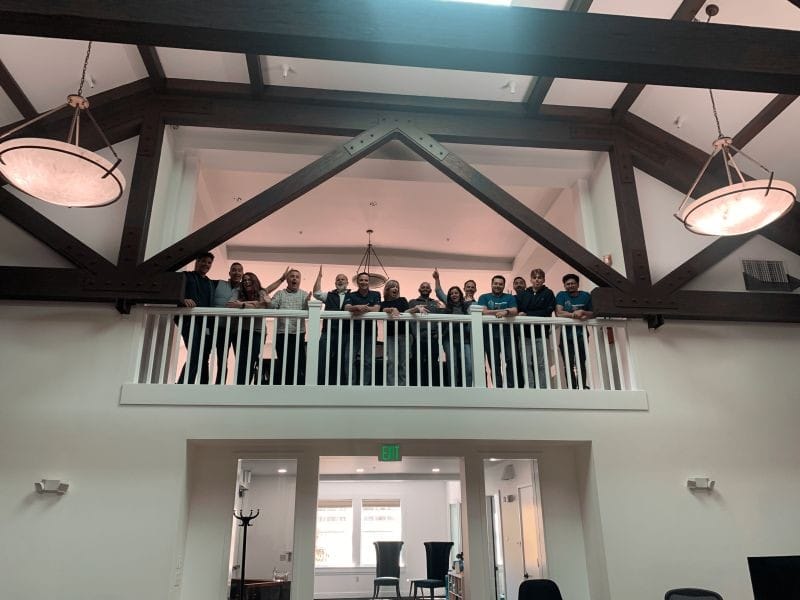
The Agile A9 lives on in Propel Software, based in Santa Clara, California, in the heart of Silicon Valley. Propel Software was founded in 2015 by Ray Hein, Ron Hess, and Brian Sohmers, leveraging their expertise from Agile Software and Salesforce to create a next-generation Product Lifecycle Management (PLM) platform. Built natively on the Salesforce App Cloud, Propel uniquely integrates PLM, Quality Management (QMS), and Product Information Management (PIM) into a single, cloud-based solution, enabling seamless collaboration across product and commercial teams. This Salesforce foundation provides a scalable, secure, and multi-tenant architecture, allowing companies to connect customer, product, and supplier data for faster innovation and market responsiveness. Propel’s platform has attracted significant investment, including a $20 million Series C round led by Salesforce Ventures in 2021, and serves industries like high-tech, medtech, and consumer goods, driving efficiency and revenue growth for clients like Vizio and GoPro.
Netvibes: Social Networking and Sentiment Analysis

Founded in 2005 in San Francisco, California, by Freddy Mini, Netvibes pioneered social media monitoring and digital dashboard technology, allowing businesses to track online conversations and organize web content relevant to their products. Their innovation was creating customizable widget-based dashboards that could aggregate data from various sources into a single view. Dassault Systèmes acquired Netvibes in February 2012 for approximately $26 million and integrated it into their 3DEXPERIENCE platform as a separate brand (combined with their EXALEAD Cloudview acquisition) for social intelligence solutions. This acquisition allowed DS to extend their PLM offerings with social listening capabilities, helping manufacturers better understand customer needs and market trends through real-time digital intelligence.
Centric Software: PLM for Fashion

Based in Campbell, California, Centric Software revolutionized PLM for fashion, retail, and consumer goods industries with their mobile-first approach and industry-specific applications. Their innovation was creating highly configurable PLM tools tailored to the fast-moving consumer goods sector, with visual collaboration features and mobile apps that extended PLM beyond the office. Dassault Systèmes acquired a majority stake in Centric in July 2018 for approximately $250 million and has maintained Centric as a relatively independent brand. DS has used the acquisition to expand their reach into fashion and retail markets while incorporating Centric's industry expertise and agile approach into their broader PLM ecosystem. It also spelled the end of the MatrixOne-based Fashion Accelerator which they had build previously and created a new CENTRIC PLM brand focused on emerging markets where 3DEXPERIENCE had a hard time penetrating.
Synopsys: A New Giant in the Market
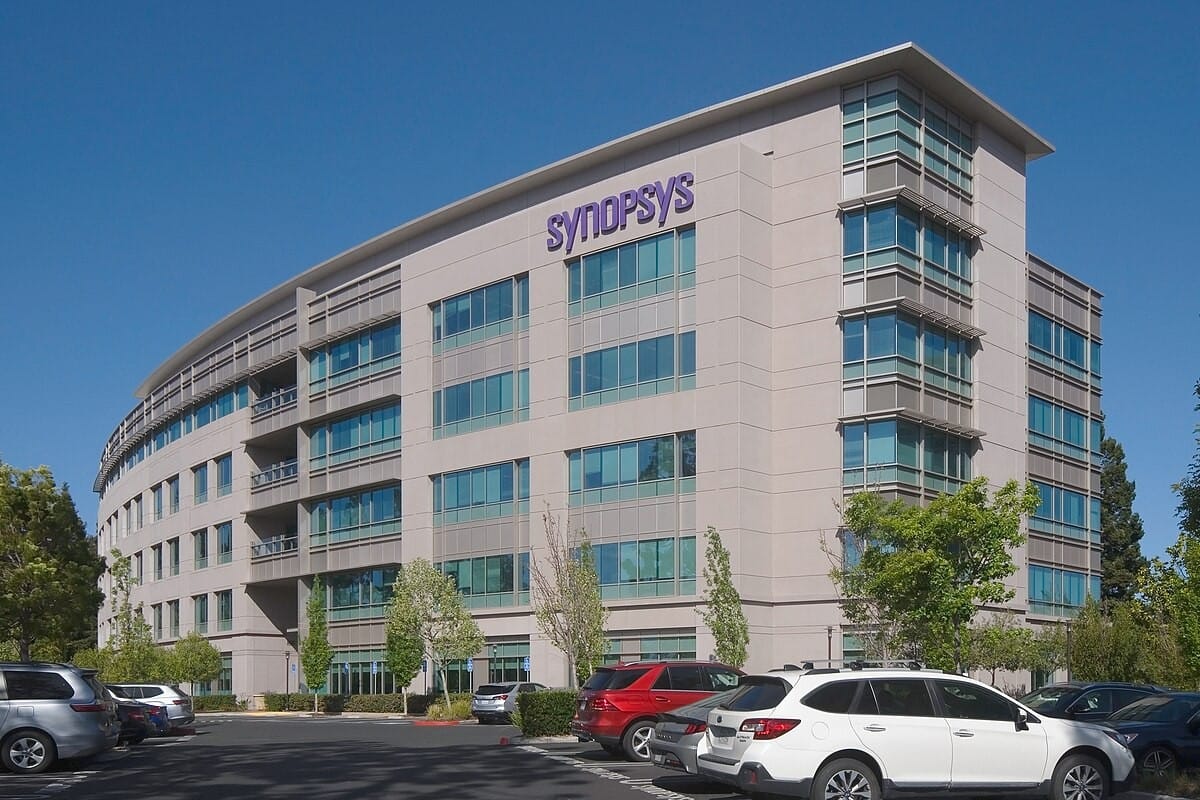
Synopsys is headquartered in Mountain View, California, and specializes in electronic design automation software for chip design and software security. Their innovation was developing tools for semiconductor design, verification, IP integration, and software security testing that accelerated development while improving quality. Unlike the other companies on this list, Synopsys has remained independent and has not been acquired by either Dassault Systèmes or Siemens. Instead, Synopsys itself has been an active acquirer in the EDA and software security spaces. It competes with Siemens EDA (formerly Mentor Graphics) and Cadence in the broader electronic design market. In January 2024, they acquired simulation giant ANSYS for a whopping $35B, one of the biggest acquisitions in the history of the CAD/PLM market positioning Synopsis as a major player.
Polarion: World-class ALM

Founded in 2004 and based in San Francisco, California (with development offices in Europe), Polarion Software developed browser-based application lifecycle management (ALM) and requirements management software. Their innovation was creating a unified, web-based platform for managing requirements, code, and test cases with full traceability, particularly valuable for regulated industries. Siemens acquired Polarion in January 2016 for an undisclosed amount, integrating it into their PLM portfolio. This acquisition allowed Siemens to offer comprehensive software development lifecycle management within their broader PLM ecosystem, strengthening their systems engineering capabilities for industries requiring strict regulatory compliance.
Cadence Design Systems: The other Giant ECAD vendor
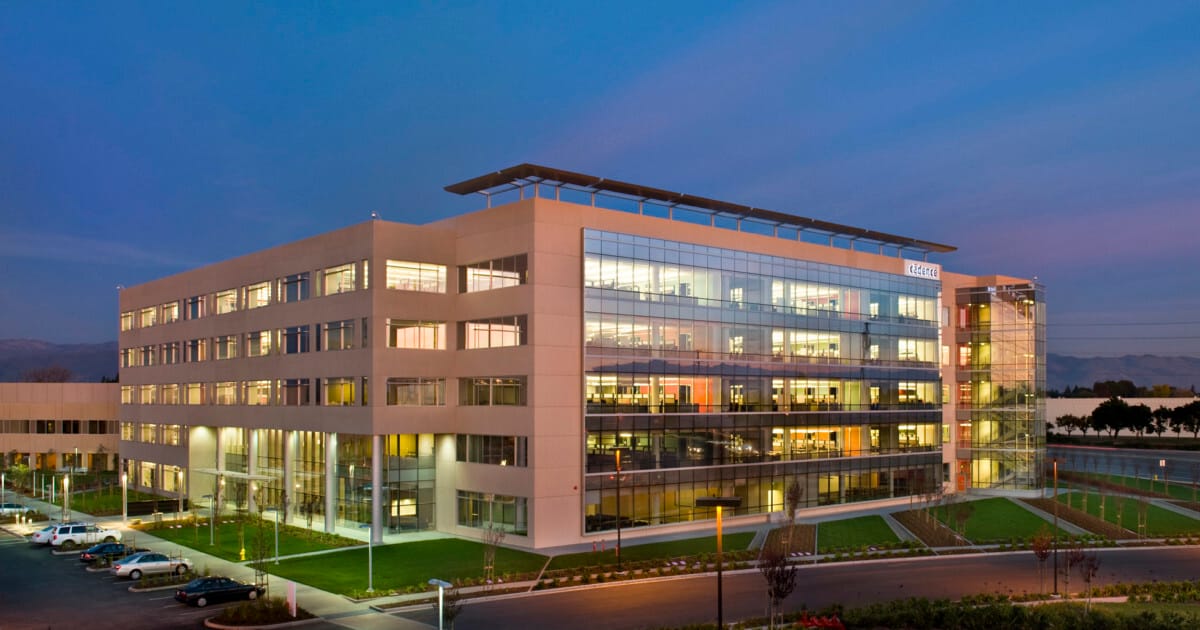
Headquartered in San Jose, California, Cadence has been a pioneering force in electronic design automation since 1988. Their innovation was developing advanced tools for chip design, system design, and verification that enabled the creation of increasingly complex integrated circuits. Unlike the other companies mentioned, Cadence remains independent and stands as one of the "Big Three" EDA companies alongside Synopsys and Siemens EDA (formerly Mentor). Cadence competes directly with these companies in providing solutions for semiconductor and electronic systems design, particularly in areas like integrated circuit design, verification, and simulation.
North Bay: Autodesk Democratizes Design Tools

No discussion of the West Coast's impact on CAD and PLM would be complete without examining Autodesk's transformative role from its headquarters in the North Bay area of San Francisco.
The AutoCAD Revolution
Founded in 1982 by John Walker and a team of 16 programmers in Mill Valley, Autodesk fundamentally changed the CAD landscape by bringing professional design tools to personal computers. The company's flagship product, AutoCAD, democratized access to computer-aided design at a fraction of the cost of workstation-based systems, making digital design tools accessible to small firms and individual practitioners for the first time.
After moving to Sausalito and eventually to San Rafael, Autodesk continued expanding its influence under the leadership of Carol Bartz, who became CEO in 1992. Under Bartz, the company broadened its portfolio beyond architecture and mechanical design to include media and entertainment, GIS, and eventually building information modeling (BIM).
From Files to Lifecycle
Autodesk's evolution into PLM reflects a distinctive philosophy shaped by its North Bay origins. Rather than starting with enterprise data management, Autodesk approached PLM through the lens of design tool integration and collaboration—a bottom-up approach that contrasted with the top-down enterprise systems common in traditional PLM.
The 2001 acquisition of Buzzsaw, a cloud-based project collaboration platform, represented an early move toward web-based design data management. This was followed by the development of Vault, which provided workgroup-level PDM capabilities integrated directly with Autodesk design tools.
Autodesk's PLM journey accelerated in the 2010s through several strategic moves:
- The 2012 acquisition of cloud PLM startup Inforbix
- The development of Fusion 360, a cloud-based design platform with integrated data management
- The launch of Fusion Lifecycle (originally Autodesk PLM 360) as a flexible cloud-based PLM platform
Under the leadership of Carl Bass and later Andrew Anagnost, Autodesk pioneered a distinctly West Coast approach to PLM: cloud-first, subscription-based, and focused on accessibility and user experience rather than enterprise complexity.
The Maker Movement Connection
Autodesk's North Bay perspective was also influenced by the region's maker movement. The company embraced and supported this community through initiatives like Instructables (acquired in 2011) and Tinkercad (acquired in 2013), bringing a democratized, innovation-focused mindset to product development tools.
This maker influence pushed Autodesk's approach to PLM toward greater accessibility and less formality—characteristics that would help broaden PLM adoption beyond traditional large-scale manufacturing industries.
Portland: Apparel Industry Reimagines PLM
Portland, Oregon, with its concentration of athletic and outdoor apparel companies, contributed a distinctive perspective to PLM evolution focused on the unique needs of the softgoods industry.
Nike: Consumer-Centric PLM
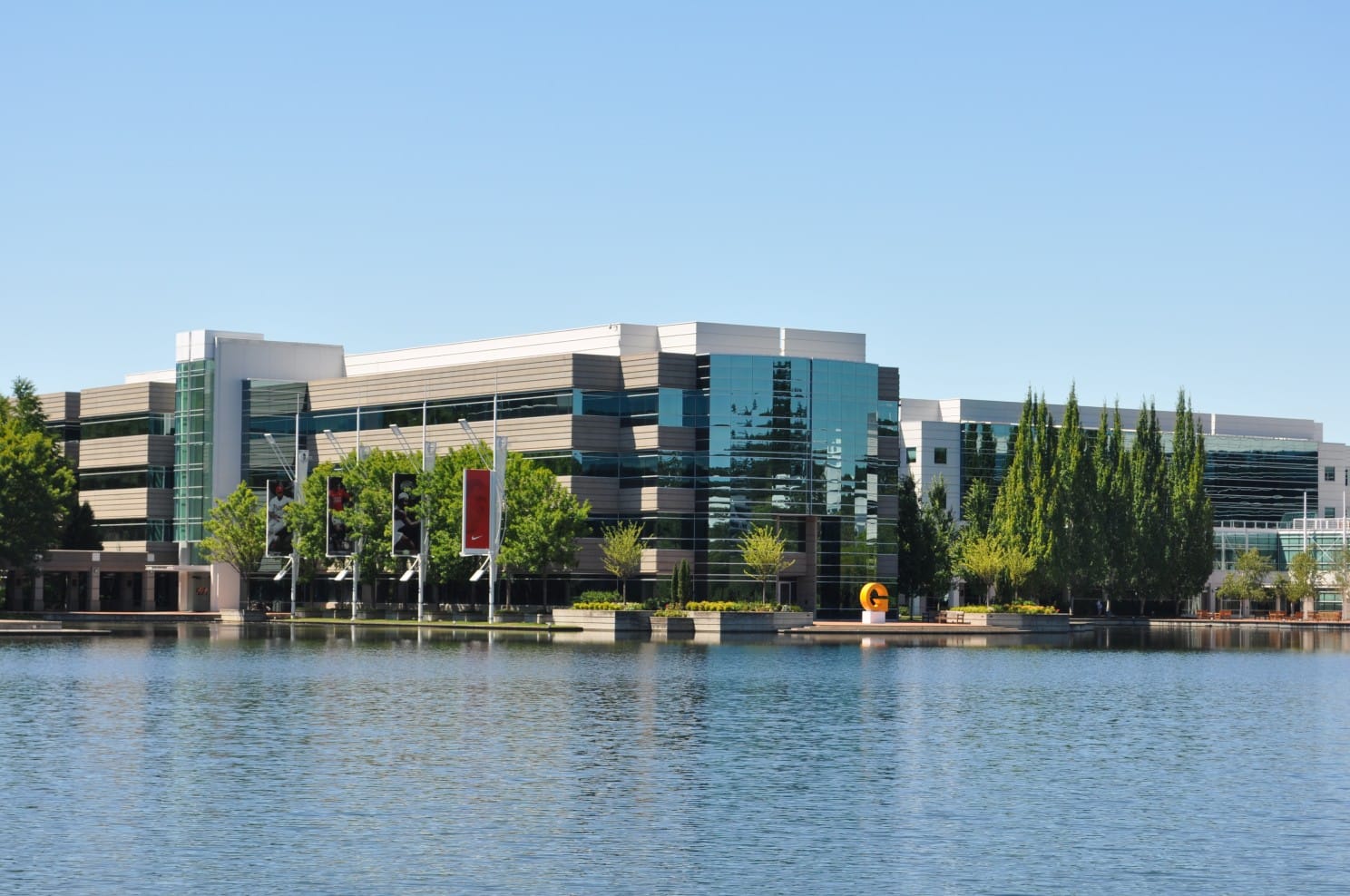
Nike, headquartered near Portland, faced product development challenges quite different from the mechanical engineering focus of traditional PLM. Their products combined aesthetic design, material innovation, and consumer trends in ways that stretched conventional PLM capabilities.
In the early 2000s, Nike began developing specialized PLM approaches that could handle:
- Seasonal line planning with thousands of SKUs
- Color, material, and finish specifications
- Consumer trend integration
- Global sourcing and manufacturing coordination
- Sustainability considerations
Under the leadership of CIO Gordon Steele and subsequent technology executives, Nike pushed PLM vendors to develop more flexible, consumer-oriented capabilities. Their implementation of PTC's FlexPLM represented one of the largest deployments of specialized apparel PLM technology.
The Columbia Sportswear Effect

Columbia Sportswear, also headquartered in Portland, further advanced apparel PLM through its focus on technical outdoor products. Their implementation of Centric Software's PLM solution demonstrated how digital product development could address the complex requirements of performance apparel, where material properties and construction techniques were as critical as aesthetics.
The Portland apparel cluster's influence extended PLM concepts into previously underserved industries, demonstrating that product lifecycle management principles could apply beyond traditional mechanical engineering domains. This consumer product perspective helped broaden PLM's scope and applicability across diverse industries.
Mentor Graphics

Founded in 1981 in Wilsonville, Oregon, Mentor Graphics pioneered electronic design automation (EDA) tools that revolutionized how integrated circuits and electronic systems were designed and tested. Their innovation was creating comprehensive simulation and verification tools that allowed engineers to test virtual prototypes before physical manufacturing. Siemens acquired Mentor in March 2017 for $4.5 billion, one of the largest acquisitions in this space. Siemens integrated Mentor (later renamed Siemens EDA) into their Digital Industries Software division, creating a complete design-to-manufacturing solution that bridged the gap between mechanical, electrical, and software domains in complex product development.
Seattle: Aerospace Legacy Meets Cloud Revolution
Seattle's contribution to PLM evolution reflects the region's unique combination of aerospace heritage and software innovation—a blend that eventually helped transform PLM for the cloud era.
Boeing: The Digital Transformation Pioneer
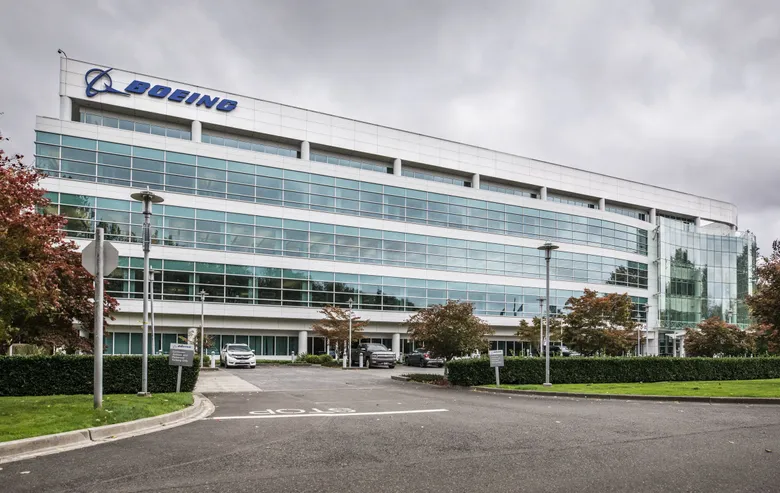
Boeing, with its massive presence in the Seattle region, drove PLM innovation through its ambitious digital transformation initiatives. The company's "Define and Control Airplane Configuration" (DCAC) program, launched in the mid-1990s, represented one of the most comprehensive PLM implementations of its era.
For the 777 program, Boeing implemented CATIA and ENOVIA to create a "digital twin" of the aircraft before physical construction—an approach that reduced errors and streamlined the development process. This work demonstrated the potential of comprehensive digital product definition at unprecedented scale and complexity.
The company's subsequent investments in Model-Based Definition (MBD) and Model-Based Systems Engineering (MBSE) pushed PLM capabilities further, driving vendors to develop more sophisticated tools for complex systems engineering. Boeing's requirements influenced PLM evolution industry-wide, as solutions developed for aerospace complexity eventually benefited other sectors.
Cloud Wars - Microsoft Azure versus Amazon AWS
Amazon Web Services

Perhaps no Seattle company has more profoundly influenced recent PLM evolution than Amazon through its AWS platform. While not a PLM vendor itself, AWS provided the cloud infrastructure that enabled a new generation of PLM solutions.
Traditional PLM vendors like Autodesk (Fusion Lifecycle), PTC (Windchill+), and Dassault Systèmes (3DEXPERIENCE) all developed cloud strategies leveraging AWS infrastructure. Meanwhile, cloud-native PLM vendors like Propel and OpenBOM built their entire platforms on AWS services.
This cloud foundation dramatically reduced barriers to PLM adoption, particularly for smaller companies, and enabled new approaches to collaboration, scaling, and integration that weren't possible with on-premises systems.
Microsoft Azure

Microsoft's presence in Redmond brought another perspective to PLM evolution: integration with mainstream productivity tools that extended PLM beyond specialized engineering applications.
In the early 2000s, Microsoft began developing SharePoint capabilities specifically targeted at product development processes. This initiative, led by Simon Floyd as Director of Innovation & PLM Solutions, aimed to create more accessible PLM capabilities integrated with familiar Microsoft tools.
The company's partnership with Siemens PLM (now Siemens Digital Industries Software) to integrate Teamcenter with Microsoft platforms reflected this philosophy of making PLM more accessible to broader user communities. This approach helped extend PLM participation beyond engineering departments to marketing, service, and other stakeholders.
Microsoft also invested heavily in IOT and IIOT as they developed the Azure IOT Edge products. These are heavily used by many PLM-IOT vendors such as PTC ThingWorx and PTC ThingWorx+.
Key West Coast PLM Milestones
The West Coast's PLM journey includes numerous technological milestones that transformed how products are developed worldwide:
- 1982: Autodesk founded in Mill Valley by John Walker and team, beginning the democratization of CAD with AutoCAD
- 1982: Sun Microsystems and Silicon Graphics founded, beginning the workstation revolution that enabled modern CAD
- 1985: Ashlar incorporated in Santa Clara, pioneering constraint-based parametric sketching
- 1996: UGS moved to Cypress, CA (now Costa Mesa, CA) in Orange County
- 2000: Arena Solutions (originally bom.com) founded in Menlo Park, pioneering SaaS PLM
- 2003: Dassault Systèmes establishes major operations in Los Angeles area following SolidWorks acquisition
- 2006: Nike begins major PLM implementation for apparel development
- 2007: Boeing's 787 program demonstrates advanced digital twin capabilities
- 2010: Cloud-based PLM options begin emerging, many built on AWS infrastructure
- 2015: Autodesk launches Fusion Lifecycle, representing a major shift to cloud PLM
- 2021: PTC acquires Arena Solutions, bringing cloud-native PLM into traditional vendor portfolio
The Visionaries
The West Coast PLM story features numerous visionaries who brought distinctive perspectives to product development technology:
- John Walker (Autodesk): Pioneered the democratization of CAD by bringing professional design tools to personal computers
- Carol Bartz & Carl Bass (Autodesk): Transformed Autodesk from a CAD company to a comprehensive design technology provider with increasing PLM capabilities
- Jim Clark (Silicon Graphics): Revolutionized the graphical computing capabilities that made advanced CAD possible
- Ray Hein (Propel Software): Leveraged the Salesforce Force.com Cloud platform to create a cloud-based PLM that also does PIM and QMS
- Michael Topolovac (Arena Solutions): Pioneered the SaaS approach to PLM, making the technology accessible to smaller manufacturers
- Dr. Richard MacNeal (MSC Software): Advanced the integration of simulation into the product development process
- Gordon Steele (Nike): Led digital transformation that extended PLM concepts into apparel development
- Simon Floyd (Microsoft): Championed the integration of PLM with mainstream productivity platforms
The Continuing Innovation Cycle
Today, the West Coast continues to influence PLM evolution through new waves of innovation:
- Artificial Intelligence: Silicon Valley's AI leadership is transforming PLM through generative design, predictive analytics, and intelligent automation
- AR/VR: Los Angeles and Seattle's mixed reality clusters are creating new ways to interact with product data
- Platform Ecosystems: API-first approaches pioneered in the region are creating more open PLM ecosystems
- Sustainability Tools: West Coast environmental leadership is driving new PLM capabilities for sustainable product development
Conclusion: The Complementary Perspectives
The West Coast's contribution to PLM evolution provides a fascinating counterpoint to developments in other regions. While the central United States brought manufacturing pragmatism and industrial domain expertise, the West Coast added computing innovation, user experience focus, and eventually cloud transformation.
The Northeast contributed precision engineering traditions and systems engineering rigor, while European influences added mechatronics expertise and methodology. These complementary regional perspectives created the rich tapestry of technologies and approaches that constitute modern PLM.
As we look to the future, this diversity of perspectives remains vital. The challenges of modern product development—sustainability, complexity, global collaboration, and accelerating innovation—require PLM approaches that combine the best elements from different regional traditions.
The West Coast's distinctive contributions—particularly in user experience, cloud architecture, and platform thinking—will likely grow even more important as PLM continues to evolve from specialized engineering technology to a fundamental business platform for innovation in the digital age.
What West Coast PLM innovations have most influenced your product development process? Share your thoughts in the comments below.
